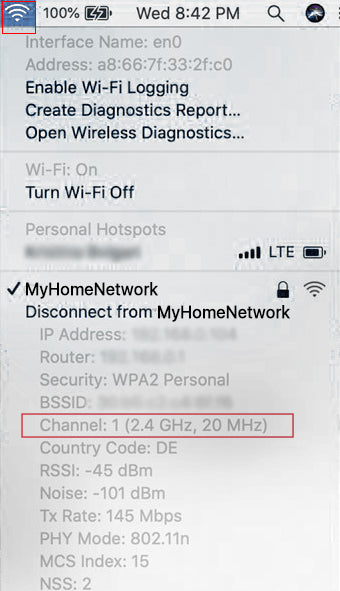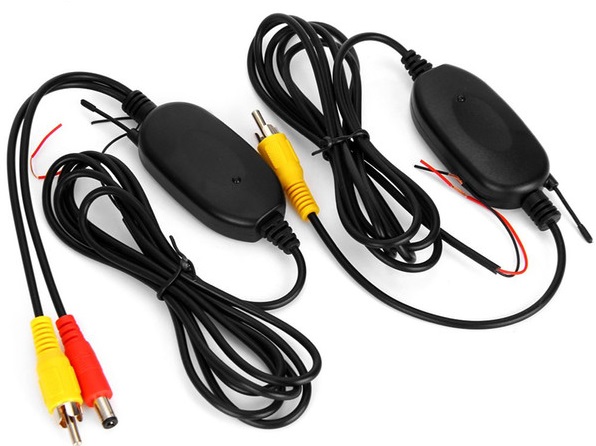

I'm no router expert but that's the way I understand it. For that reason it might be more desirable to lock into the 2.4 band only. But one thing is certain, the range of the 5 band is less than the 2.4 band. Note, I'm not totally comfortable about the part with both bands not transmitting simultaneously. The 2.4 GHz band, which runs from about 2,400 to 2,483.5 Mhz, is where routers have to live. If this us correct you need to disable band steering so that both the 2.4 and 5 bands transmit simultaneously and independently of each other. So if you have a 2.4-only device, with band steering enabled, and the band switches to 5 the 2.4-only device looses its connection (or may lose connection). That means only devices capable of receiving both bands will work with band steering. The router does not transmit on both bands simultaneously (more about that shortly because that might be wrong).
2.4 ghz wifi full#
Full reboot isnt every necessary to fix as just opening the Wi-Fi tab and clicking apply without any changes is enough to get.


5 ghz connections are fine and continue to receive ips. While there are many channels on the 2.4 GHz band of Wi-Fi, the most recommended are 1, 6, and 11. Popular applications include: IEEE 802. Changing the channel on your Wi-Fi may be more beneficial than trying to force your cameras to run on the 5 GHz Wi-Fi band, especially if you have cameras that only work with the 2.4 GHz band. With band steering enabled the wifi will switch transmitting between the 2.4 and 5 bands. 3 out of last 4 days, 2.4 connections stop working and new connections arent issued ip s. These HyperLink brand 2.4 GHz WiFi antennas are designed for years of operation even under harsh conditions. It’s my understanding that both the 2.4 and 5 gig bands can run concurrently, and that my weather device will know to use the 2.4 band since it’s capable of running only on that band. This article will help you understand when it is best to use 2.4 GHz or 5 GHz band frequency to provide a well-performing wireless experience. When designing a WLAN, you might wonder about the best WiFi frequency for your network deployments. As a result, there has been a very rapid switch in wifi from Wi-Fi 4 (2.4 GHz 802.11n) to Wi-Fi 5 (5 GHz 802.11ac), and now to Wi-Fi 6 (5 GHz 802.11ax), in an attempt to keep up. The answer would depend on your network needs. As stated there is a enable/disable switch for each of the bands. broadband speeds: Wifi speeds have not kept up with increasing Internet speeds.


 0 kommentar(er)
0 kommentar(er)
